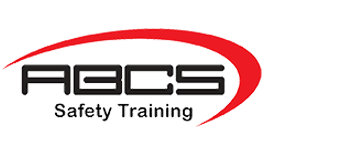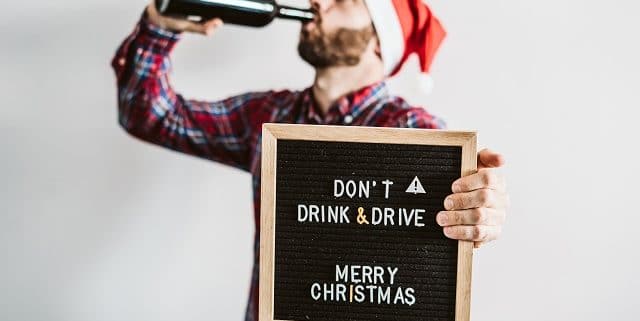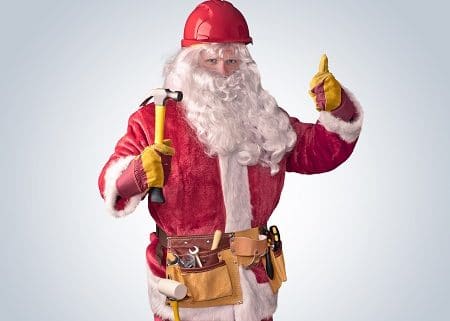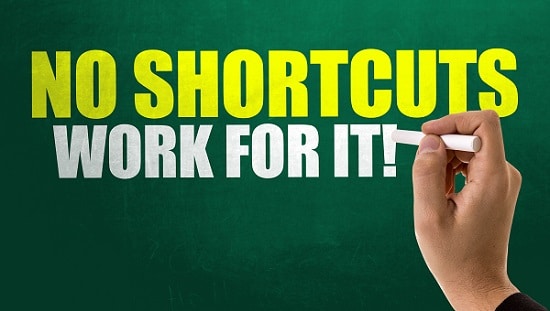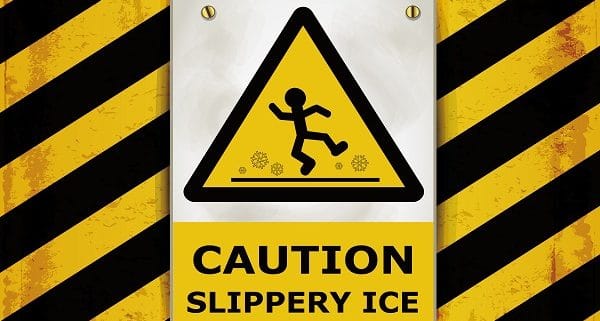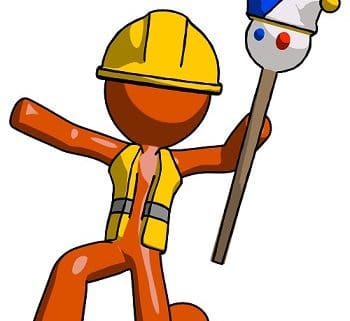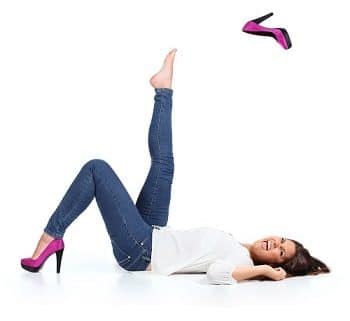Nobody ever intends to block an emergency exit or a fire extinguisher. However, sometimes we need to put something down or out of the way for “just a second” and then it becomes forgotten and more stuff begins piling up. You may think it’s not a huge deal… but truth be told, it is. In a life or death situation, seconds mean everything. So let’s go over a few tips to avoid blocking violations.
First off, what areas should never be blocked? You never want to block these 6 areas… emergency exit, first aid box, eyewash/shower stations, fire extinguisher, power disconnect/panels and walkways. Think about how awful it would be trying to escape a fire and your emergency exit is blocked with a stack of boxes. Or you get a solvent in your eye and you have to try and maneuver around trash bins to reach the eyewash station. This is why these areas are a block free zone. So here’s how we make sure that happens.
Take the responsibility upon yourself. If you’re at a new site/shop take a look around. Find the 6 areas listed above and make sure they are not blocked or locked. Do random checks to ensure they stay free and clear. There should be signage indicating what needs to be cleared. Talk to your co-workers, if you see someone blocking an area, politely educate them. Your safety crew should be doing regular audits, to ensure nothing is blocked or locked. If need be, get approval, the grab some yellow paint and paint some “block free zones”.
This is one of those things we hope we never have to use or rely on. But in those emergency situations a readily available fire extinguisher, emergency power disconnect or any of the other areas clear of road blocks could be the difference between life or death. So do your part to put a stop to blocking validations.
